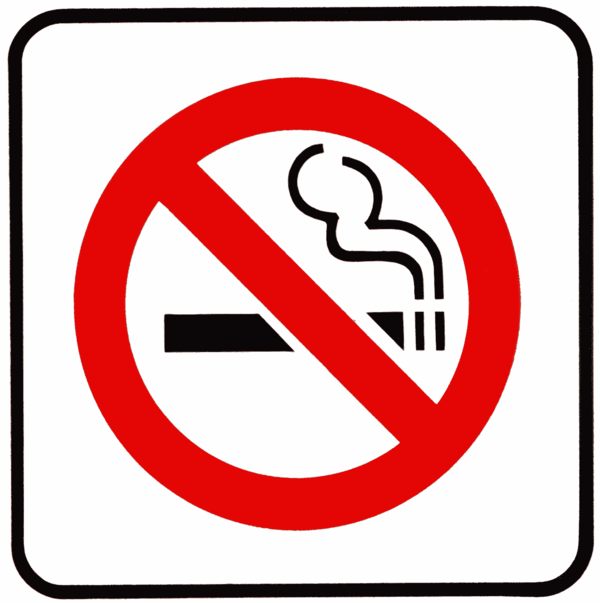Debate views: 6,130
Debate Summary
Tobacco smoking is the practice of burning tobacco and inhaling the resulting smoke (consisting of particle and gaseous phases). (A more broad definition may include simply taking tobacco smoke into the mouth, and then releasing it, as is done with tobacco pipes and cigars). The practice may have begun as early as 5000–3000 BC. Tobacco was introduced to Eurasia in the late 17th century where it followed common trade routes. The practice encountered criticism from its first import into the Western world onwards, but embedded itself in certain strata of a number of societies before becoming widespread upon the introduction of automated cigarette-rolling apparatus.
German scientists identified a link between smoking and lung cancer in the late 1920s, leading to the first anti-smoking campaign in modern history, albeit one truncated by the collapse of the Third Reich at the end of the Second World War. In 1950, British researchers demonstrated a clear relationship between smoking and cancer. Scientific evidence continued to mount in the 1980s, which prompted political action against the practice. Rates of consumption since 1965 in the developed world have either peaked or declined. However, they continue to climb in the developing world.
Smoking is the most common method of consuming tobacco, and tobacco is the most common substance smoked. The agricultural product is often mixed with additives and then combusted. The resulting smoke is then inhaled and the active substances absorbed through the alveoli in the lungs. The active substances trigger chemical reactions in nerve endings, which heighten heart rate, alertness, and reaction time. Dopamine and endorphins are released, which are often associated with pleasure. As of 2000, smoking is practiced by approximately 1.22 billion people. In most communities men are more likely to smoke than women, although the gender gap tends to be less pronounced in lower age groups.
Many smokers begin during adolescence or early adulthood. During the early stages, a combination of perceived pleasure acting as positive reinforcement and desire to respond to social peer pressure may offset the unpleasant symptoms of initial use, which typically include nausea and interrupted sleep patterns. After an individual has smoked for some years, the avoidance of withdrawal symptoms and negative reinforcement become the key motivations to continue.
In a study done by Jennifer O' Loughlin and her colleagues, for 5 years seventh grade students were studied, with their first smoking experience. They found out that the most common factors leading students to smoke is cigarette advertisements. Smoking by parents, siblings and friends also encourage students to smoke.
Tags:
Sources
Top Debate Answers
There are currently no TOP DEBATE ANSWERS for this debate.
Lettuce (Pro)
Yes
Green Lettuce
While debating, choose the Green Lettuce side for Pro (if you are in favor of the debate.)
Number of lettuce debate answers: 0
Cabbage (Con)
No
Red Cabbage
While debating, choose the Red Cabbage side for Con (if you are in opposition of the debate.)
Number of cabbage debate answers: 0



